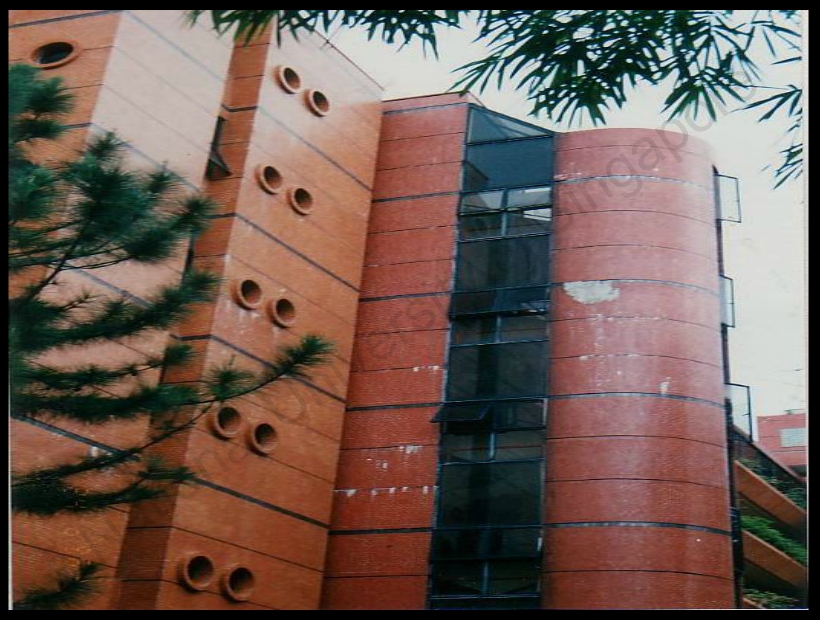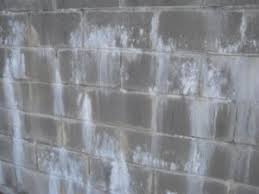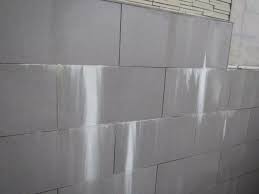Case 1
Navigation
- Introduction
- Causes of Defects
- Good Practices
- Standards
- Maintenance and Diagnostics
- Remedial
- Similar Cases
- References




Introduction
Cracks causing Efflorescence
Type of Building: Commercial Building
Type of Façade: Small dimension glazed tiles on roughened concrete substrate.
Cracks on tiled façade exposes the substrate to water penetration. This might lead to efflorescence formation when the lime product in the backing wall is leached out by the rainwater. The water seepage may also bring about dampness in the interior of the building.
Efflorescence is the formation of salt deposits, usually white, on or near the surface of concrete causing a change in appearance.
It is the spontaneous loss of water by a hydrated salt, which occurs when the aqueous vapor pressure of the hydrate is greater than the partial pressure of the water vapour in the air. For example, because the vapour pressures of washing soda (Na2CO3·10H2O) and Glauber’s salt (Na2SO4·10H2O) normally exceed that of the water vapour in the atmosphere, these salts effloresce (i.e., lose all or part of their water of hydration), and their surfaces assume a powdery appearance.- Efflorescence is a harmless defect that is considered to be only a temporary disfigurement on new buildings
- Can be removed by weathering agents within a year or so of construction.
- Even where it does return in cycles following wetter weather, unless there is a supply of salts from another source, the deposits will gradually reduce in intensity until it disappears altogether.
- In new work, the extent is often related to the amount of rainwater that enters the structure during the construction process. Post construction efflorescence will always occur where percolating water affects the materials. Salts will be taken into solution and deposited on the edge of the damp-affected area.
- Persistent efflorescence should be taken as a warning that water is entering the wall and this may cause deterioration of wall materials and have other consequences.